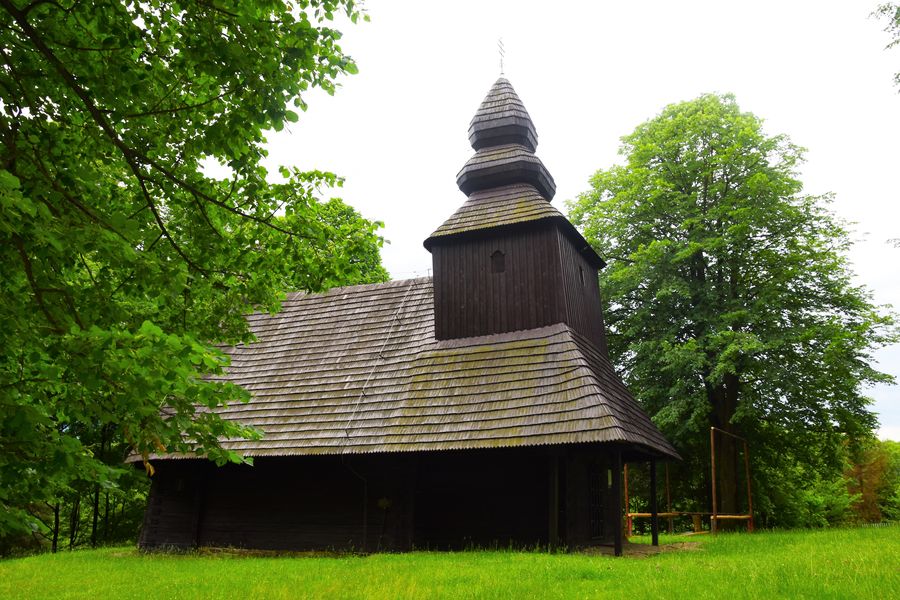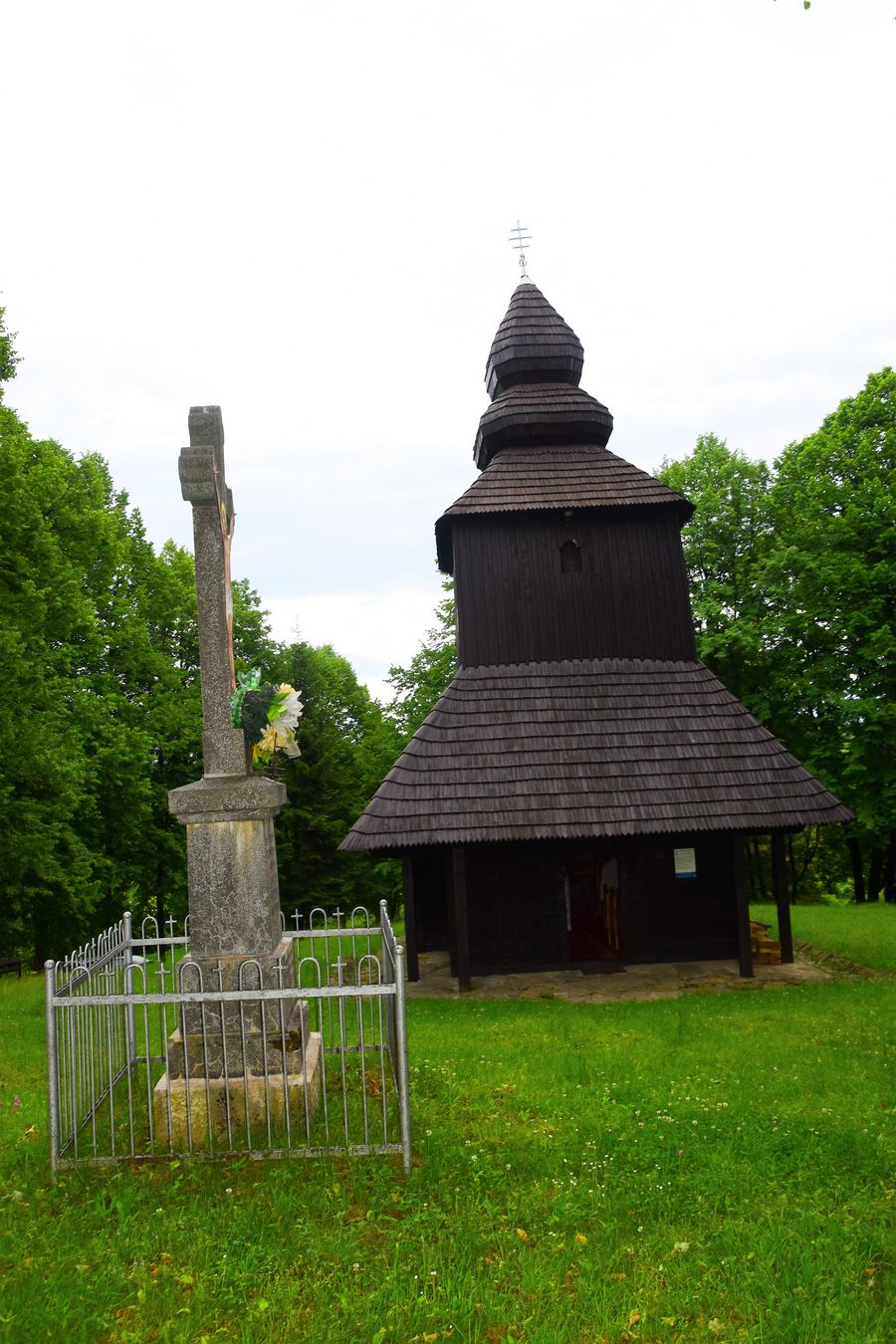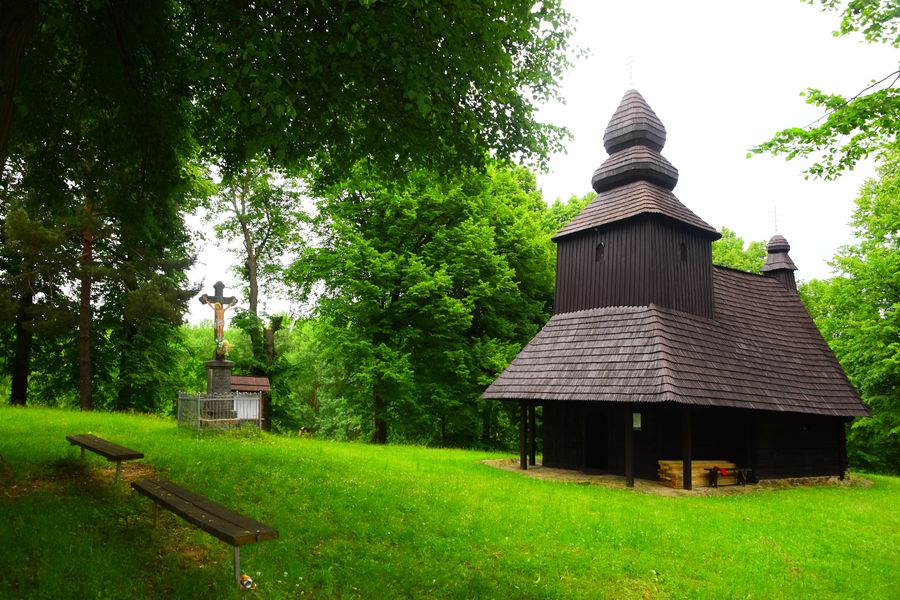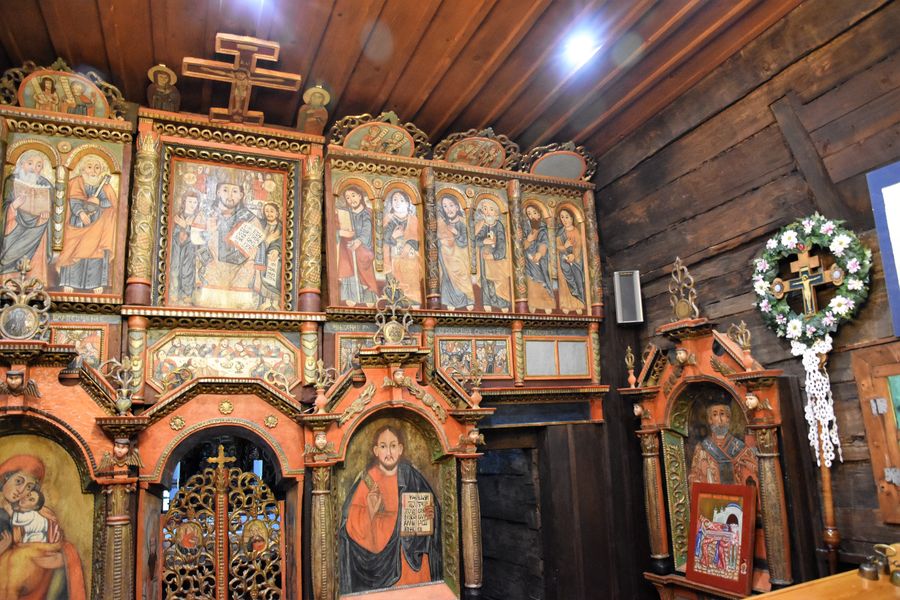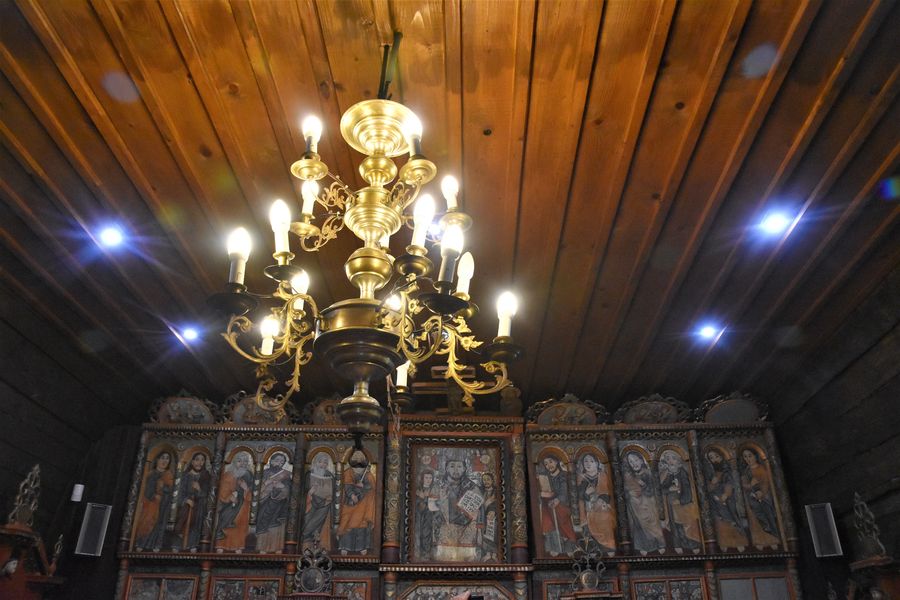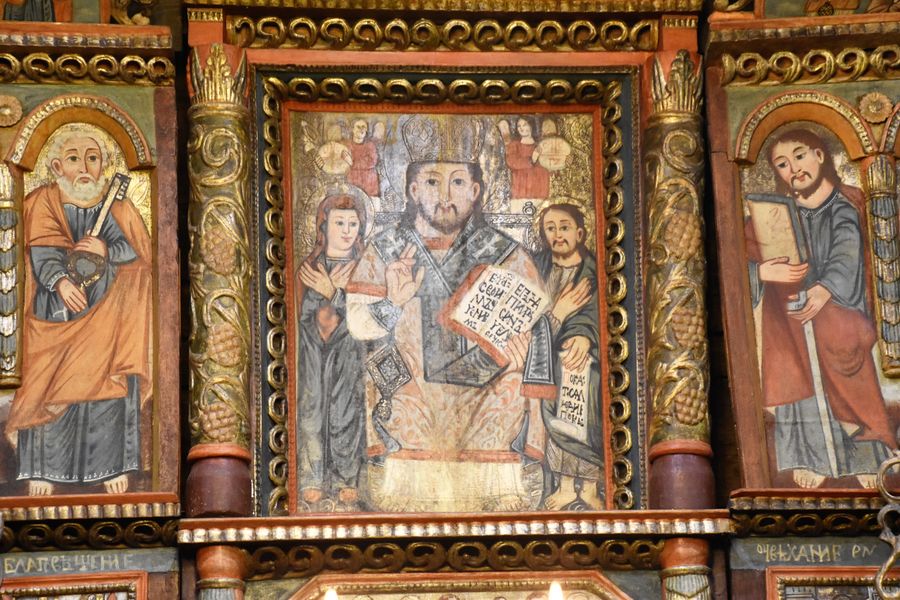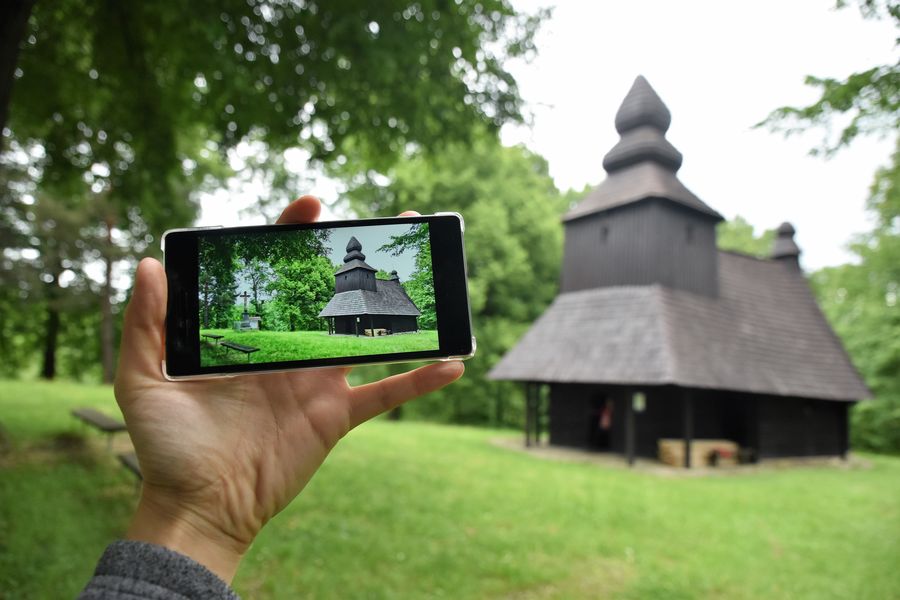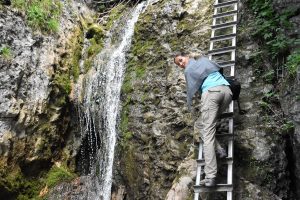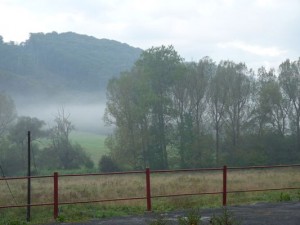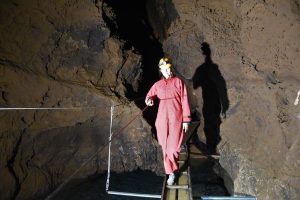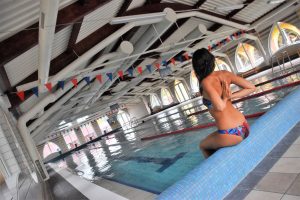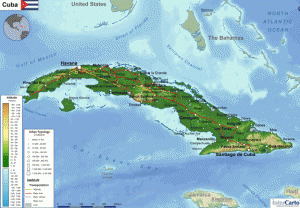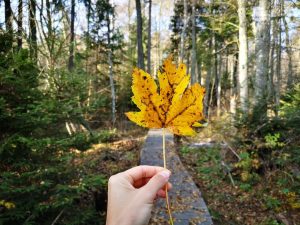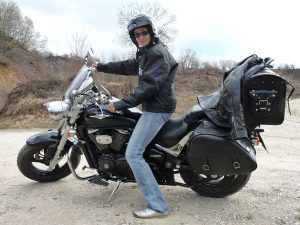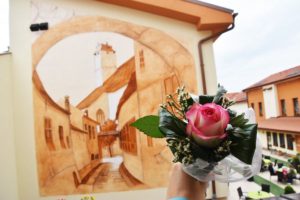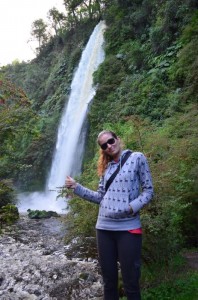UNESCO wooden church Ruska Bystra in Eastern Slovakia
I am not sure if you know it but there is a number of wooden churches spread around Eastern Slovakia where I was born. All of these churches are unique because originally they were built with no nails. Shame is, that due to reconstruction some nails were added to prevent churches from falling. We are talking mostly of the roofs which are now sometimes reconstructed with nails.
In July 8th 2008 eight churches in Eastern Slovakia were put on the UNESCO World Heritage List.
When we go on motorbike trips with my dad, we always visit wooden churches, too. The last time we went on a day trip it looked like raining so dad took his car instead of the motorbike. We decided to visit 2 new churches on that trip. Well, new to us, as it was our first visit there. But they are not newly built, that’s for sure.
The first church we visited in the morning was wooden church Ruska Bystra which is located approx. 40 km from my home town Snina, and 105 km from Kosice, the second largest city in Slovakia with international flights into.
What you need to know about UNESCO wooden church Ruska Bystra
- the best way to get to the village Ruska Bystra is by car. You need to take a turn in the village Rusky Hrabovec and drive for another 5 km to Ruska Bystra. The church is situated in the middle of the village, on a small hill on the right side. Follow the wooden sign saying ”dreveny kostol”. It is possible to park right below the church.
- the Ruska Bystra Church of the Translation of the relics of St. Nicholas is called Chrám Prenesenia ostatkov Sv. Mikuláša in Slovak because it was devoted to the transfer of the relics of St. Nicholas to Bari town in Southern Italy. The peculiarity is a small bottle with liquid from St. Nicholas’s body inside the church on the right side of the iconostasis where St. Nicholas icon is located. The Saint icon to which the church is dedicated is always on the right side of the iconostasis.
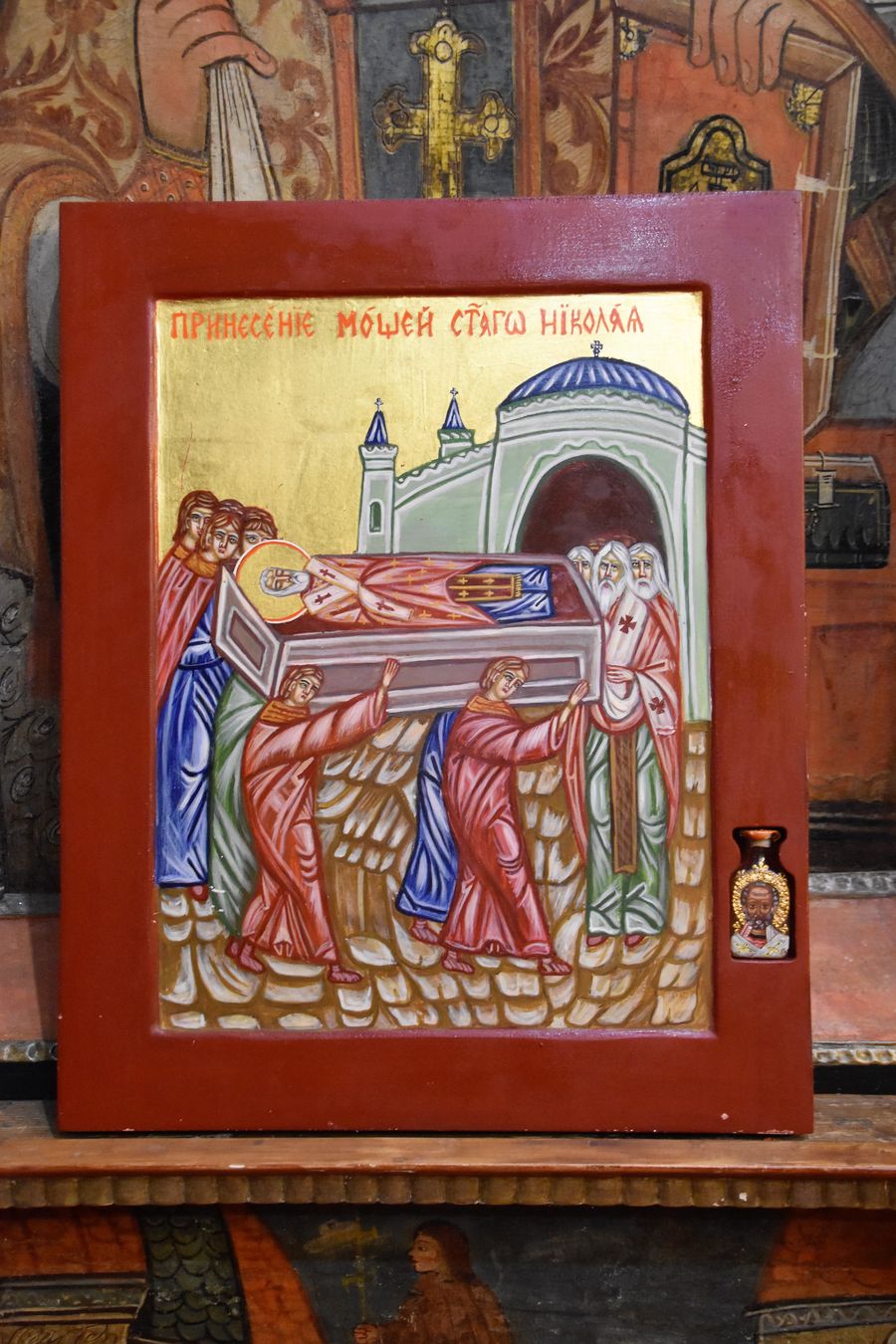
In the right corner you can see the bottle with St. Nicholas liquid in the Church of the Translation of the relics of St. Nicholas in Ruska Bystra
- the Greek Catholic wooden church was built in 1720 to 1730 without any nails. Since its construction it has remained Greek Catholic, unlikely to some other churches in Eastern Slovakia which were converted to Orthodox religion.
- architecture: the church is divided into 3 parts, i.e. narthex, nave and sanctuary. Wooden pillars are supporting the shingle roof.
- the church was proclaimed a UNESCO World Heritage Site in 2008 which makes it the Easternmost UNESCO wooden church in Slovakia
- the church looks very simple from the outside, but it’s very ellaborated inside
……………………………………………………………………………………………………………………..
The peculiarity of the wooden church Ruska Bystra is its interior iconostasis.
………………………………………………………………………………………………………………………
- the iconostasis inside the church is very special because it was originally made for a different church so now it doesn’t really fit inside the Ruska Bystra church. It is why parts of the iconostasis are on the side walls, and even bending to the ceiling. The iconostasis is a wall of icons and religious paintings made directly for a certain church. Usualy the icons cover just the whole wall separating the nave from the sanctuary inside the church. However, in the church of Ruska Bystra the iconostasis is bigger than the icon wall. This iconostasis consists of 5 rows of icons
- the interior of the church dates back to 18th century. We can observe elements of the Baroque and Rococo style inside the church.
- the church can hold up to 45 people. As in most churches, there are wooden benches to sit on and tables to put your Bible on.
- there is a mass every Sunday morning and on religious holidays. You can call the village Mayor to open the church for you or ask the priest to do a special mass on any other day. It’s free to attend a mass but I believe a small change would be good if you would like to visit the church at a different time which means the Mayor or the priest would need to go to open the church for you.
- based on the Byzantine tradition, the priest is facing the iconostasis during the mass, which means he is showing his back to the mass attendees. This is exactly what I noticed when walking inside the church when the mass was going on.
- I’ve heard that in the future the church will be open for public most of the days. Hopefully it will happen soon which will make it easier for tourists to visit any time during the day.
- you don’t have to be a believer to visit the church. My dad is an atheist and I believe in the power of Universe and energy, not in a certain God. Yet we both LOVED visiting the interesting The Church of the relics of St. Nicholas in Ruska Bystra.
Check my brief video from the Ruska Bystra UNESCO church below:
If you don’t understand English, below is my video in my mother tongue Slovak:
After visiting the wooden church Ruska Bystra, we went to another wooden church in Inovce village, got amazed at the Benatina travertine and trekked around the Morske oko lake in the Vihorlat mountains. I will write about these 3 amazing places in another articles.
TIP: If you are just thinking of visiting my home country, here are 10 reasons why to visit Slovakia that will convince you to go asap.
For more information about other UNESCO destinations in Eastern Slovakia, I recommend you to visit Unesconadosah. You can find a good map of UNESCO sites together with basic info about them. For other interesting destinations around, have a look at the Kosiceregion website.
